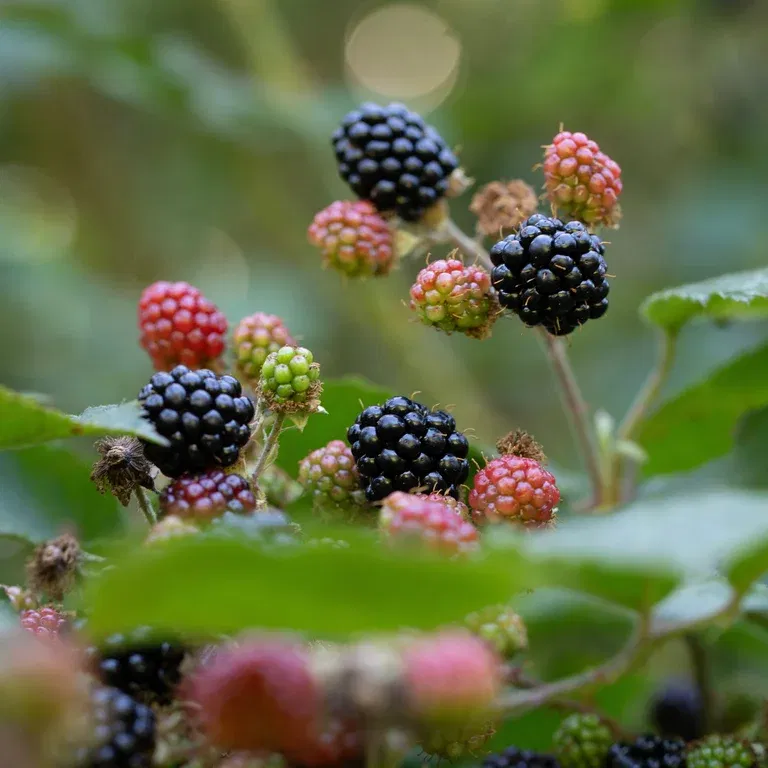This is how you store what you have grown
Grow your own
Autumn
Kilograms of cucumbers and apples in buckets and containers. It's fun to succeed with cultivation, but what do we do with all the food? Here we tell you how to store fruits and vegetables in the best way possible.



Topics:
Grow your own
Autumn













